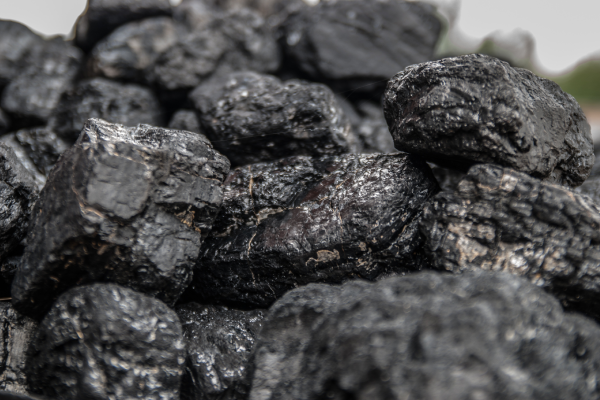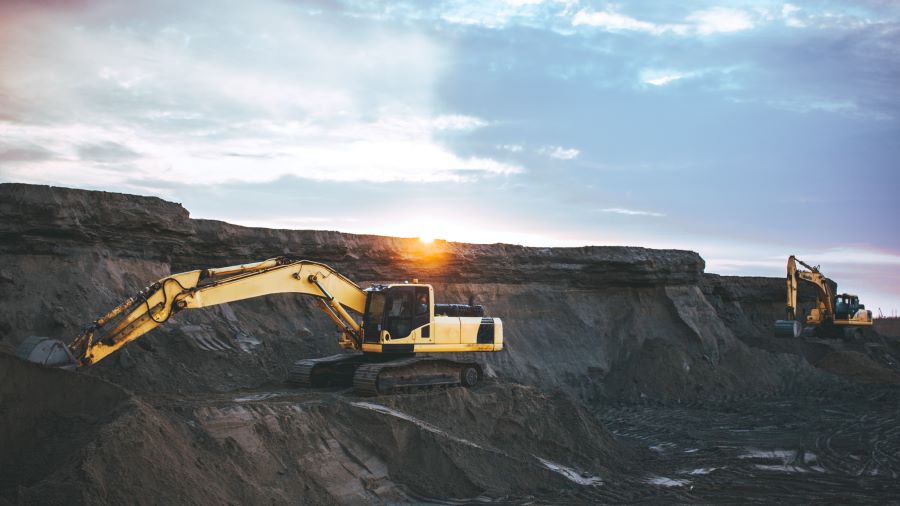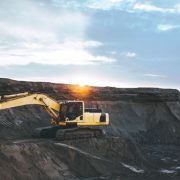Characteristics of Coal
Coal is a sedimentary rock that has been formed over millions of years through a process called coalification. It is primarily composed of carbon, along with small amounts of other elements such as hydrogen, sulfur, and oxygen. Coal has a range of characteristics that make it a valuable resource, particularly for heat, energy production and industrial applications. In this article, we will explore the characteristics of coal, its formation process, and its use in iron and steel production facilities.
Coal Formation
Coal formation begins with the accumulation of dead plant material in swamps, marshes, and other wetland environments. Over time, this material becomes buried under sediment and is subject to increasing heat and pressure. As the material is buried deeper, the heat and pressure cause physical and chemical changes that result in the formation of coal. This process is called coalification.
There are four stages of coalification, each with different characteristics:
Peat: This is the first stage of coalification and is formed when plant material is partially decomposed in a wetland environment. Peat is the least mature form of coal and has a high moisture content.
Lignite: Lignite is formed from peat that has been buried under more sediment and is subject to increased pressure and temperature. It is brown in colour and has a low energy content.
Bituminous: Bituminous coal is formed from lignite that has been subject to even greater pressure and temperature. It is black in colour and has a higher energy content than lignite.
Anthracite: Anthracite is the most mature form of coal and is formed from bituminous coal that has been subject to the greatest heat and pressure. It is hard and black and has the highest energy content of any type of coal.
Coal Characteristics
Coal has a range of characteristics that make it a valuable resource for energy and industrial applications. These characteristics include:
Energy Content: Coal has a high energy content, which makes it a valuable resource for electricity generation and other energy applications.
Combustibility: Coal is highly combustible, meaning it can be burned to produce heat and energy.
Density: Coal has a high density, which makes it a compact and efficient fuel source.
Ash Content: Coal contains ash, which is left over after it is burned. The ash content can vary depending on the type of coal and the location where it was mined.
Sulfur Content: Coal contains sulfur, which can contribute to air pollution and acid rain if not properly managed. In industrial coal-burning facilities such as iron and steel production facilities, sulfur dioxide (SO2) is captured by pollution control equipment known as Scrubbers.
Iron and Steel Production Facilities
Coal is an important resource for iron and steel production facilities. In fact, the majority of the world’s steel is produced using coal as a fuel source. Coal is used to produce coke, which is a fuel source that is essential for the steelmaking process. Coke is produced by heating coal in the absence of air, which causes it to break down into a carbon-rich substance that is used as a fuel source in the blast furnace.
In addition to being used as a fuel source, coal is also used in the iron and steel production process as a reducing agent. This means that it helps to remove oxygen from the iron ore, which is necessary for the production of steel. Coal is also used as a source of carbon in the production of certain types of steel, such as stainless steel.
Coal as a Resource

Coal is a valuable resource that has a range of characteristics that make it suitable for energy and industrial applications. Its formation process, coalification, takes millions of years and results in the formation of different types of coal, each with unique characteristics. Coal is particularly important for iron and steel production facilities, where it is used as a fuel source and reducing agent. As the world continues to seek alternative sources of energy, coal will likely remain an important resource for the foreseeable future due to its abundance and its importance in certain industrial processes. However, it is important to continue to explore and develop alternative energy sources and technologies that can help reduce the environmental impact of coal usage.








